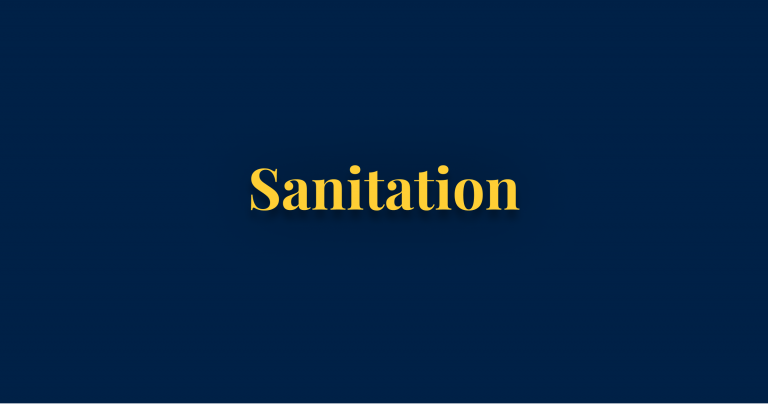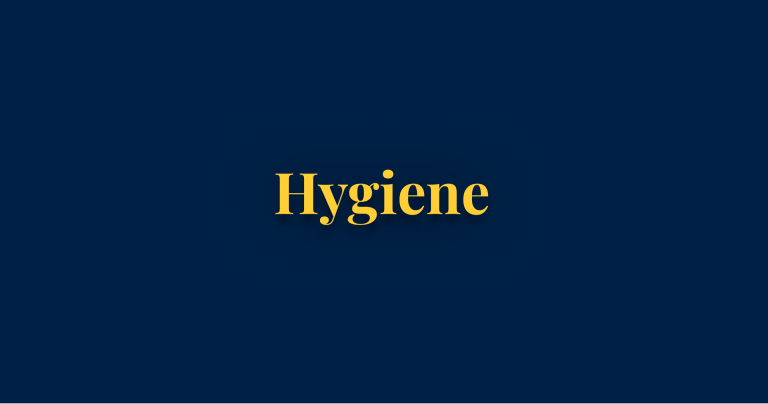Having no access to basic handwashing facilities is a large health and environmental problem – particularly for the poorest in the world.
The Global Burden of Disease is a major global study on the causes and risk factors for death and disease published in the medical journal The Lancet.1 These estimates of the annual number of deaths attributed to a wide range of risk factors are shown here. This chart is shown for the global total, but can be explored for any country or region using the “change country” toggle.
In the chart we see that it ranks as a very important risk factor for death globally.
According to the Global Burden of Disease study 707,000 people died prematurely in 2017 as a result of having no access to handwashing facilities. To put this into context: this was almost double the number of homicides – close to 400,000 in 2017.
Death rates from a lack of access to handwashing give us an accurate comparison of differences in its mortality impacts between countries and over time. In contrast to the share of deaths that we studied before, death rates are not influenced by how other causes or risk factors for death are changing.
In this map we see death rates from having no access to handwashing facilities across the world. Death rates measure the number of deaths per 100,000 people in a given country or region.
What becomes clear is the large differences in death rates between countries: rates are high in lower-income countries, particularly across Sub-Saharan Africa and Asia.
The issue of handwashing access is one which is largely limited to low and lower-middle income countries.
What share of people do not have access to basic handwashing?
Hygiene and handwashing is included in SDG Target 6.2, to: “achieve access to adequate and equitable sanitation and hygiene for all and end open defecation” by 2030.
Where are we today? In 2020, 71% of the world population had access to basic handwashing facilities. That is, handwashing facilities with soap and water. That means 29% had to rely on washing facilities without soap, or none at all.
In the chart we see the breakdown of hygiene access globally, and across regions and income groups. In Sub-Saharan Africa only one-in-four people had access to facilities with soap and water.
Are we making progress? In 2015, 67% of the global population had basic handwashing facilities. That means we’ve seen an increase of four percentage points over five years.
Consistent with progress on drinking water and sanitation, we are off-track from meeting our 2030 target. If progress continues at these rates, we would only reach 79% by 2030. One-in-five people would still be without. If we’re to meet our target we need to see an almost four-fold acceleration of progress over the next decade.2
In the map shown we see the share of people across the world that have access to basic handwashing facilities. This is, handwashing facilities with soap and water.
How many people do not have access to basic handwashing?
In the map shown we see the number of people across the world that do not have access to basic handwashing facilities.



